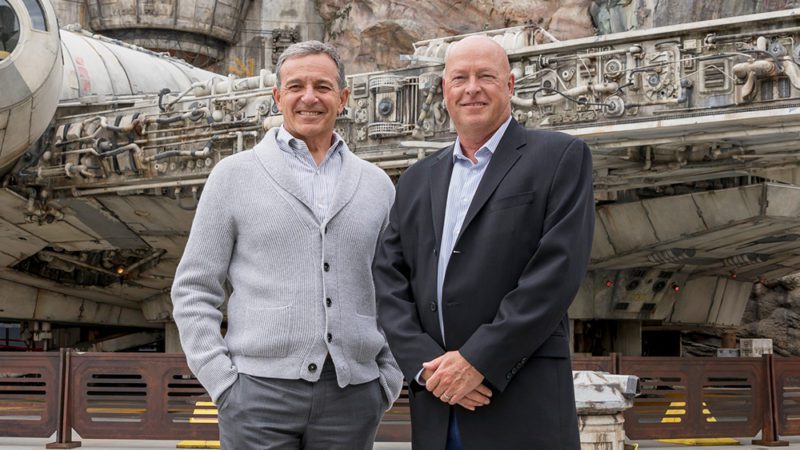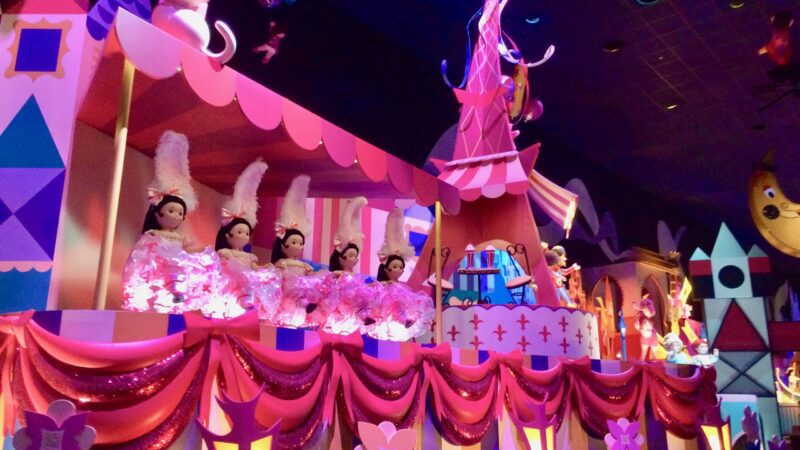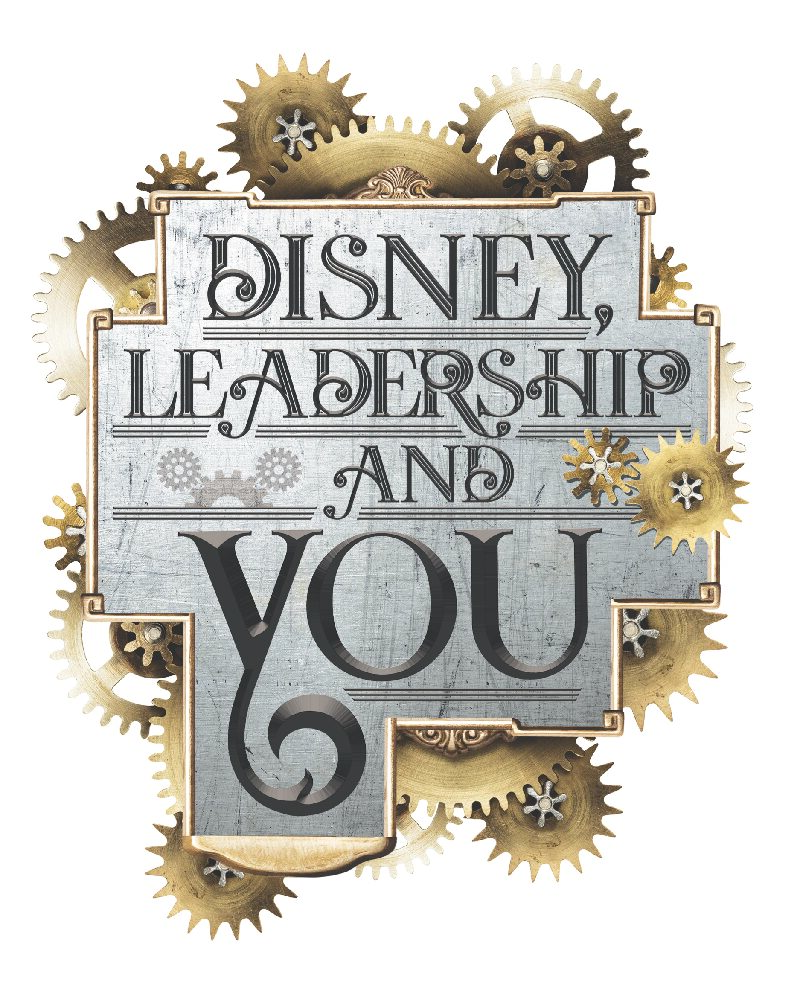Is Thursday the 13th as Bad as Friday the 13th?
Friday the 13th? You’re not superstitious are you? Then you might not like Thursday the 13th.
Just a little background to what I mean by Thursday the 13th.
For nearly the entire 20th century, audiences have looked to Walt Disney for the finest in entertainment. In nearly every decade in the last century, audiences have headed to the local movie house to enjoy a favorite Disney film. And for nearly every decade in the twentieth century, there was a Disney milestone that propelled Disney toward improving the quality of its cinematic experience.
In the 1920s, there was Mickey Mouse—the one who started it all.
In the 1930s, there was Snow White and the Seven Dwarfs.
In the 1940s, there was Fantasia.
In the 1950s, there was Cinderella.
In the 1960s, there was Mary Poppins.
In the 1970s, there was The Small One.
In the 1980s, there was Who Framed Roger Rabbit.
In the 1990s, there was The Lion King.
“Wait a minute!” you say. “The Small One? You mean the short where the donkey is carrying Mary to Bethlehem? What does that film have to do with quality? Most people haven’t even seen that film!”

That little celluloid event was one of the most critical turning points in the Disney legacy of bringing quality to the screen. Up until that time, Walt Disney persisted in improving the work and quality of his films. But he died, and as a result, that passion for quality fell. So frustrated were many of Disney’s own animators that, a day or two after the wrap party for the The Small One, director Don Bluth walked out of Walt Disney Productions with many of the studio’s top animators to start his own company. He and the other animators claimed to be frustrated with the quality of the work and the conditions at Disney.
That was Thursday, September 13th, 1979.
That was also Don’s 42nd birthday. Bluth would go on to build his own reputation in animation with works like An American Tail, Land Before Time, and Anastasia. This key event and others like it, shook the company to its foundations. In its wake, the leadership of Roy E. Disney, nephew to Walt and namesake to his father, labored to gather new executives that would, in time, reinvigorate not only Disney Feature Animation, but the entire Walt Disney Company as well.
I mention this little story because while the experience may have been terrible at the time, in the end it really was a major turning point for the company. Not too many years after, Disney would come into a new renaissance of animation, creating new growth opportunities for the entire company. Don’s own legacy is a “small one” compared to Disney’s, but he was a competitor that forced Disney to do better. And in the end, Disney did much better.





